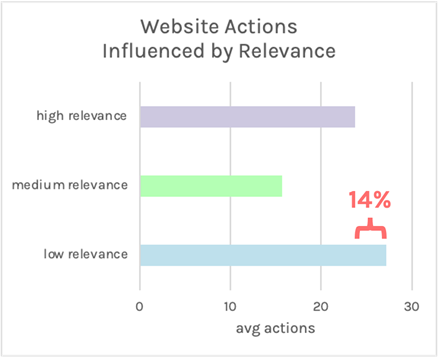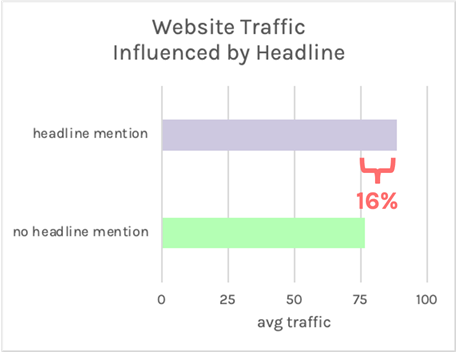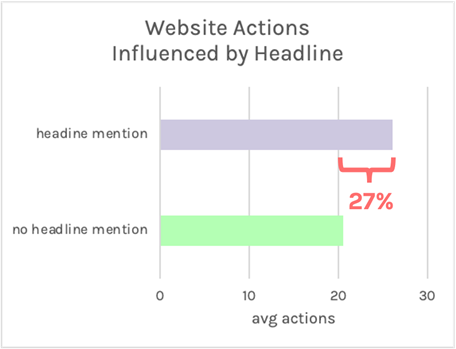In this week’s blog, we’re continuing to review the relationship between different media attributes and consumer behavior. All which are based on our quantitative analysis of the PR Attribution™ data from over 100,000 earned media articles published in 2021. These covered both business-to-consumer and business-to-business brands across a wide range of industries. Today we’re focusing on brand relevance, which would seem to be a strong predictor of consumer behavior. Or is it? Find out by reading about our research findings below.
“By understanding the business impact of our earned, owned and newswire efforts, we can better shape our broader strategy and make data-driven decisions around the specific content, media strategies, publications and reporters we want to focus on moving forward. PR Attribution™ analysis also provides our leadership with the metrics they want to see, including ROI.” ~ VP of Communications, 23andMe”
Article brand relevance and consumer behavior
Brand relevance measures how much the article is “about” a particular company or brand. This can vary from a single mention to a dedicated feature. Onclusive examines the way your brand name, competitors and key terms are mentioned in an article, in terms of frequency, proximity and context.
Based on our extensive analysis, relevance of an article towards a brand is only moderately correlated with website traffic. Compared to low relevance content, medium relevance articles drive less website traffic.
High relevance articles do result in the most website traffic (13.4% higher than low relevance articles). But this number points to a weak relationship between the relevance and website traffic.
The is unexpected finding shows that article brand relevance is not at all predictive of website actions. Low relevance articles actually drove slightly more (14.4%) website actions than highly relevant articles:


What does this mean? We believe that the quality of the brand website the article is hosted on is the key variable when it comes to driving desired consumer actions. Certainly more so than the relevance of the article itself.
As such, making sure that your coverage lands on reputable website is important. You should also ensure your own website has comprehensive, relevant and fresh content. Effective calls to action (CTA) are also essential. You’ll want to check your SEO rankings to confirm your website content quality, and A/B test your landing pages. This is so you can hone in the ones that are most successful.
Brand headline inclusion and consumer behavior
The article headline is simply the heading at the top of an article, and brand headline inclusion means that your brand name appears in the article headline. It is no secret to a communications professional that a good headline makes a big difference to both how a pitch is received by a journalist, as well as how interested the readers will be in the content.
Like article brand relevance, presence of the brand name in the headline is only moderately predictive of website traffic, with headline mentions resulting in 15.6% more traffic than no mentions.
However, a headline inclusion is almost twice as predictive of website actions. On average, headline mentions drive 27% more actions than no headline mentions:


The takeaway?
Since an article’s overall relevance to your brand is only somewhat predictive of its impact on your website traffic and actions, there is no need to be overly focused on getting “feature” stories published about your brand. It appears that you are just as likely to benefit from being mentioned in an article that is highly relevant to your industry or category, even though the story is not “about” you.
Want more insights? Stay tuned for the next article in the series, which will reveal the relationship between brand engagement and consumer behavior. Spoiler alert: there are some unexpected insights there, and they’re very different from what you just learned about brand relevance.
Join Onclusive for the How Earned Media Drives Consumer Behavior: A Quantitative Analysis webinar on June 8th. Our panel of communications and data experts will reveal which media attributes – such as publication authority, reach, article relevance, brand sentiment and reader engagement – are key to driving action from your audience. We’ll also discuss how this data can help you improve your communications performance
